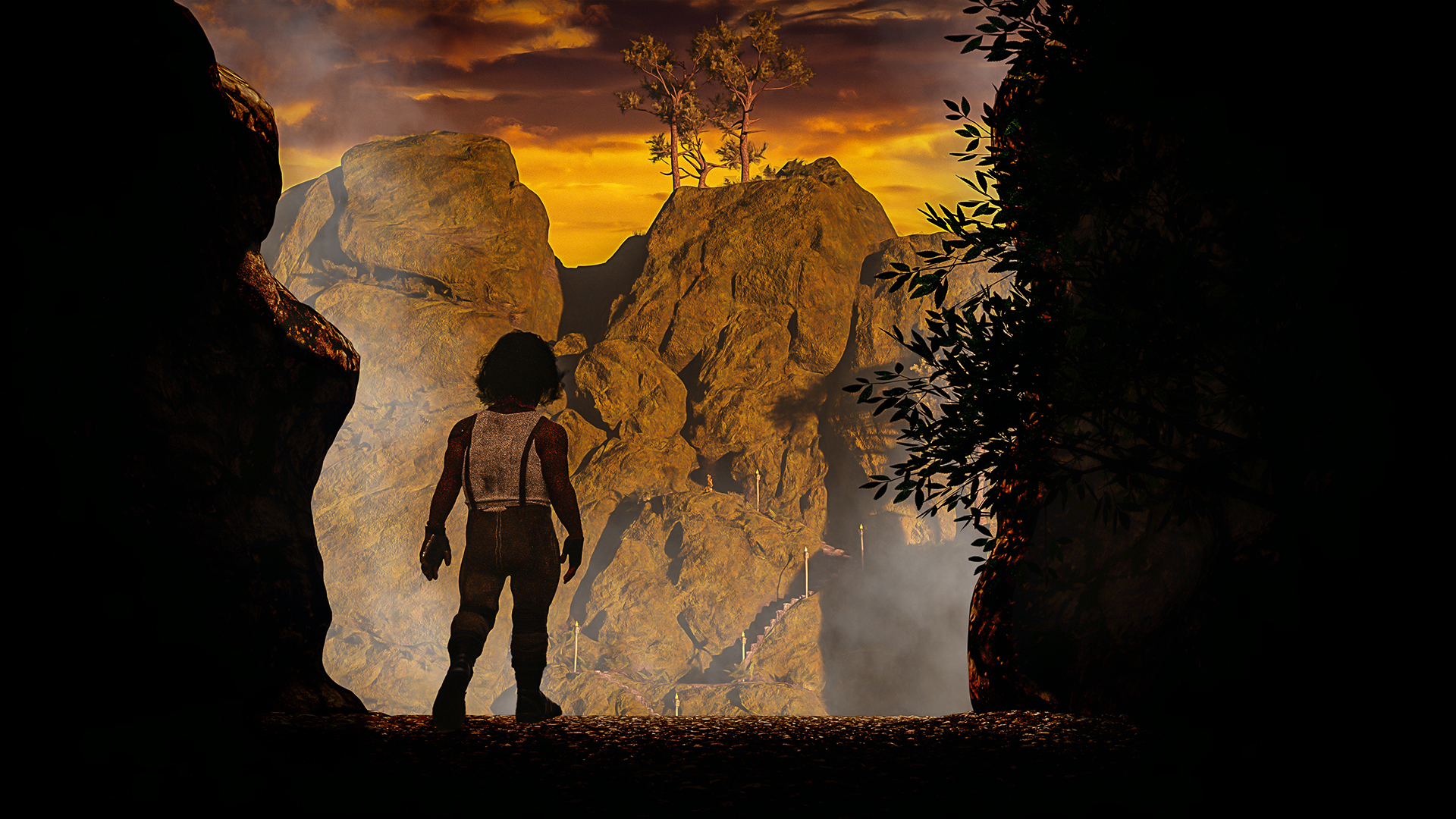Mountain Worship
Mountain Worship (Dwarvish: Büldar Shprïr) is the ancient religion of the dwarvish peoples of Thün Büldar. Though it was supplanted by The Faith (later called The Old Faith), which was itself eventually supplanted by widespread atheism, you will still find Mountain Worshippers throughout the cosmos today. You’ll even find them in the purgatorial paradise known as Eden, at least during the Interregnums between iterations of reality. In fact, Sadie Winters’ famous dwarven companions, The Seven, were all Mountain Worshippers.
Origins
The faith is centered around the core belief that the first twelve dwarves were brought to life by the holy mountain known as stï dëd (Mother’s Rock). Those twelve then spread across Thün Buldar, sculpting children for themselves from the mountains they found. Then those children spread out and did the same. Eventually though, once dwarves of different tribes began to meet each other, they realized there was another, more pleasurable way to procreate. And it was thus that the knowledge of how to carve life from mountains was lost.
And yet, there was still a longing to remain connected to the ancient past. It was from this desire that the practice of Mountain Worship was born.
Practices
Worshippers believe that mountains are divine, that the force or forces which guide the universe are most easily contacted at the summits of such places. As such, all important ceremonies (marriages, funerals, and the taking of oaths, for example) are conducted upon mountains.
Prayers are thought to be most effective the closer one is to a mountain, though simply facing in the direction of the nearest one is enough—especially if one is in no fit state to climb.
Mountain Worshippers also keep careful records of their ancestry. They consider genealogical research a sacred practice, a tradition where the ultimate goal is to be able to trace one’s family tree all the way back to one of the First Twelve (Strëm Aundï).
To aid in that endeavor, the surnames of Mountain Worshippers are constructed in a very specific way. Each surname is a combination of patronymic and toponymic. For instance, we can ascertain from the name Nish ësPir-ësGlarlith that said Nish is the son of Pir of the mountain Glarith.
Upon the birth of a child, the faithful Mountain Worshipper carves the name of their child, along with the names of both parents, into the mountain nearest to the child’s birthplace. And it is this practice which aids Worshippers in completing the most sacred duty of their religious lives: the pilgrimage.
At least once in their lives, each Mountain Worshipper is expected to make a pilgrimage to each of the mountains which bear their forefathers’ names—a journey which must end in an honest attempt to summit the massive Mother’s Rock.
The practicality of such a pilgrimage in the ages after dwarves began colonizing other planets (and then, eventually, the planets of other star systems) is at least part of why the religion declined. Many modern-day Mountain Worshippers simply skip right to climbing Mother’s Rock, especially those whose forefathers have migrated frequently.
That is also how the Mountain Worshippers of Eden complete their pilgrimage. Funnily enough, out of all the mountains in the universe that could’ve been recreated in this purgatorial postapocalyptic paradise, Mother’s Rock is one of them. In Eden, it can be found at the center of the Melancholy Mountains, and it is there that Sadie Winters’ Seven each made many pilgrimages throughout their lives.








I love the traditions of carving a child's name into the mountain nearest their birthplace and the pilgrimage. I like how it has adapted over time to account for migration.
Explore Etrea | March of 31 Tales
Aw, thanks! Yeah this one kinda told me its story as I was writing it. It was super fun to just see where it took me.